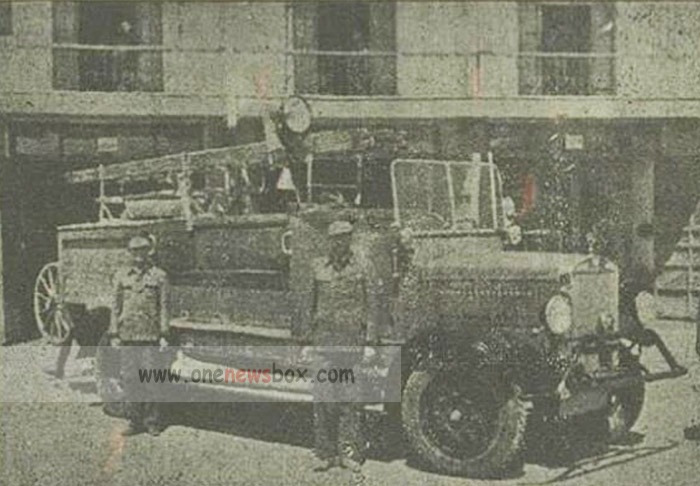For the people of Tehran, who were accustomed to seeing horse-drawn carts hauling clay water-jars, these shiny imported machines from Europe and America were marvels of technology. The department also possessed two small motor-pump vehicles, lightweight enough to maneuver through Tehran’s narrow alleys. These could be dispatched where the larger trucks could not enter, a vital necessity in a city where many neighborhoods were still a maze of tight lanes and mud-brick houses.
The reporter, with journalistic enthusiasm, compared these machines to the most modern systems in European and American cities. It was a statement of national pride: Tehran, too, was catching up.
Discipline and 24-Hour Readiness
The Ettelaat reporter noted with admiration the discipline and speed of the department. Every machine was numbered, stationed, and kept ready for immediate departure. At the sound of the alarm, no matter the time of day or night, the vehicles roared into motion.
The department’s roster included seventy firefighters and twenty other staff—drivers, mechanics, and office members—making a total of ninety men under the leadership of the fire chief. They worked on a 24-hour system. Unlike many government employees of the time, who might vanish from their offices by noon, these men lived permanently on alert. Only five of them were granted a day of leave at a time, and even then, the rest remained at the station, ready to act.

